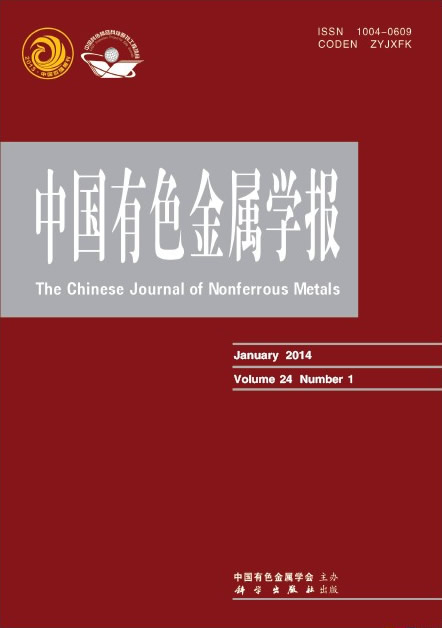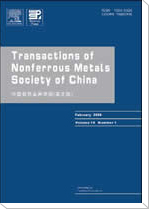中国有色金属学报(英文版)
Transactions of Nonferrous Metals Society of China
| Vol. 10 No. 5 October 2000 |
binary molten salt systems①
(College of Chemistry and Chemical Engineering, Xiangtan University,
Xiangtan 411105, P.R.China)
Abstract:The formability of intermediate compounds for thirteen kinds of binary molten salt systems, including 1179 phase diagrams was discussed by pattern recognition method with bond parameters as features. These systems were MeX- Me′X, MeX-Me′X2, MeX-Me′X3, MeX-Me′X4, MeX2-Me′X2, MeX2-Me′X3, MeX2-Me′X4, MeX3-Me′X3, MeNO3-
Me′(NO3)2, Me2SO4-Me′SO4(Me, Me′denote metallic elements, X denotes halogen), MeAXB-Me′CXD(X is CrO2-4, WO2-4or MoO2-4), and common cation systems MeX-MeX′, MeX-Me2X′(Me, Me′denote metallic elements, X, X′ denote anion-forming elements or radicals). It had been found that molten salt systems forming intermediate compounds and ones without intermediate compound distribute in different regions. Moreover, six general regularities for the formation of intermediate compounds in binary molten salt systems had been summarized on the basis of thirteen semi-empirical models, which was obtained from the known phase diagrams.
Key words: intermediate compounds; formability; molten salt system


